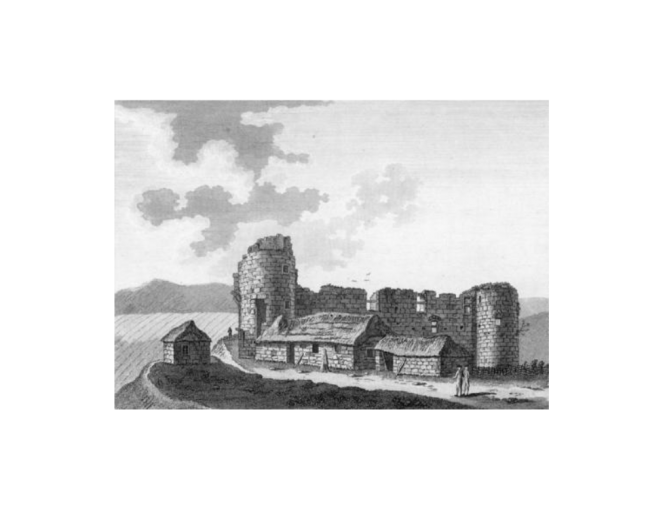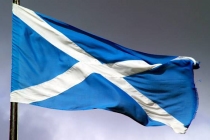Morton Castle

Morton Castle is located about two and a half miles north-east from Thornhill (Scottish Gaelic: Bàrr na Driseig) in Dumfries and Galloway (Scottish Gaelic:Dùn Phrìs is Gall-Ghaidhealaibh) in the south-west of Scotland. The late 13th or early 14th-century ruined castle stands by an artificial loch (Morton Loch) in the hills above Nithsdale. It is triangular around a central courtyard. The ruins of one of the twin four storey gateway towers can still be seen. The building is on the site of a previous castle dismantled as part of the Treaty of Berwick in 1357, some of which is possibly incorporated into the structure that can be seen today. The castle was at least partially occupied until 1714.
Most of the buildings are across the south of the castle and the impressive arched windows can still be seen. It is thought that the castle was used as a hunting lodge once its function as a castle ceased due to the Treaty of Berwick. The Treaty of Berwick on 3 October 1357, officially ended the Second War of Scottish Independence which began in 1333. It came after the English had captured King David II of Scotland at the Battle of Neville's Cross in 1346. He was held to ransom until the treaty was signed. The site sits beside Morton Loch which is northeast from the village of Carronbridge taking the A702 from the A76 and then off minor roads.
Image: Morton Castle engraving 1798.
Link: Historic Environment Scotland - Àrainneachd Eachdraidheil Alba.
Celtic nation:
- Scotland
Itinerary:
- Scotland Dumfries & Galloway
Place type:
- Castle





